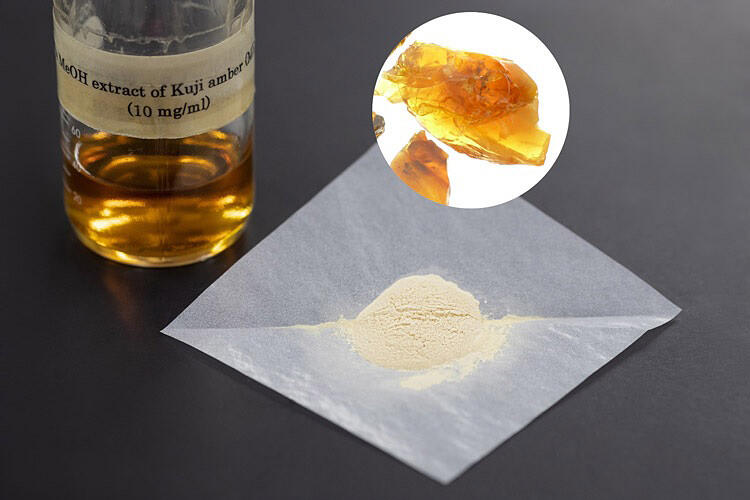
(provided by Kuji Amber)
The special feature 'Treasures from under the ground' focuses on resources lying dormant in the ground, expounding their values, and describing new ways to use them. The first "Treasure" is amber, produced around Kuji City in Iwate Prefecture. Although amber is a well-known gemstone, only a fraction of the mined amber can be used in accessories and ornaments. From this background, Professor Ken-ichi Kimura of the Faculty of Agriculture at Iwate University and his colleagues are exploring the biologically active substances in amber, a wonderful gift from the earth to mankind in the pursuit of new added value to the gemstone and are also developing products containing amber extract.
Fossilized ancient plant resin
Amber is prized around the world as a gemstone. However, it is actually a fossil of ancient plant resin.
Resin is secreted by trees to repair damaged bark. When the trees fall, the resin is swept away from rivers to the sea, and is washed ashore again, where it is fossilized into amber over long periods of time. Plant leaves and insects are sometimes trapped in the resin in the early stages. These materials convey valuable insight into the ecosystem of the time.
Amber has been found in many parts of the world, but most of it is found near the coast. Amber is heavier than fresh water but lighter than saturated salt water, and this slight difference in specific gravity could be why amber is swept out to sea and washed up during stormy weather. Only a few places have enough reserves of amber to allow commercial use. The three major production areas are the Baltic Sea coastal areas of Poland, Russia, and Lithuania, the Dominican Republic in the Caribbean Sea, and Kuji City area in Japan.
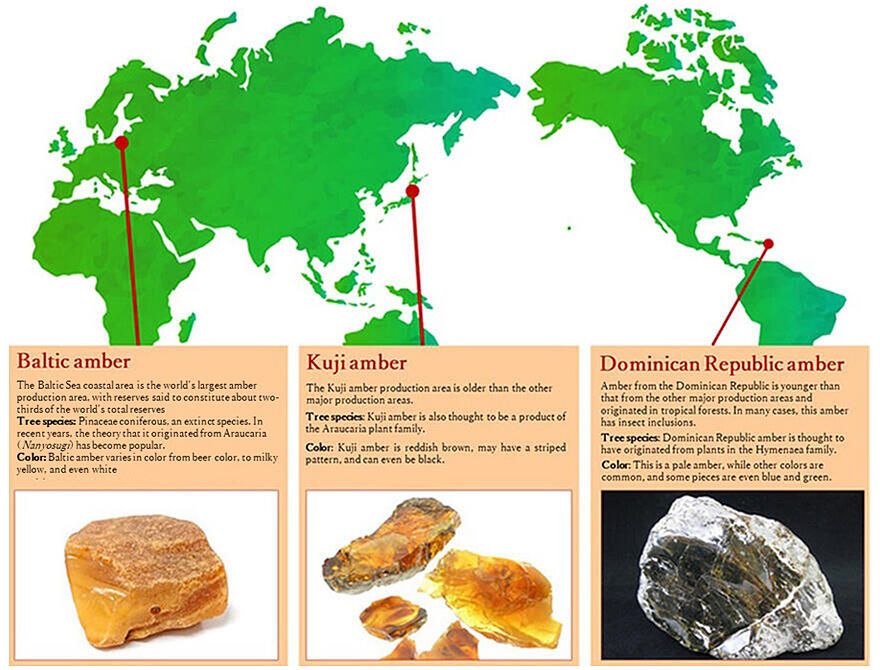
(provided by Kuji Amber and translated by Science Japan)
Amber still mined as a specialty product of Kuji City
The amber in the Kuji City area is fossilized resin of plants from the Araucaria family. This amber has been found in the strata of the late Cretaceous period, when dinosaurs flourished, approximately 90 to 86 million years ago. Dinosaur fossils are sometimes found where amber is mined. In contrast, amber from the Baltic Sea coast and Dominican Republic arose from much later than the extinction of dinosaurs, about 66 million years ago, and is not found with dinosaur fossils.

Amber has been used in ornamentation since the Paleolithic period, and small amber beads have been found in archaeological sites dating back about 20,000 years. Amber accessories and ornaments spread to the Kansai and Chugoku regions during the Kofun period, and analysis has revealed that they were produced in the Kuji area. Amber beads were also unearthed at Todaiji Temple in Nara, and it is highly likely that these were also produced in Kuji. In the Edo period, the Nanbu domain encouraged mining of amber as a specialty product and exported it to various places, including Edo and Kyoto.
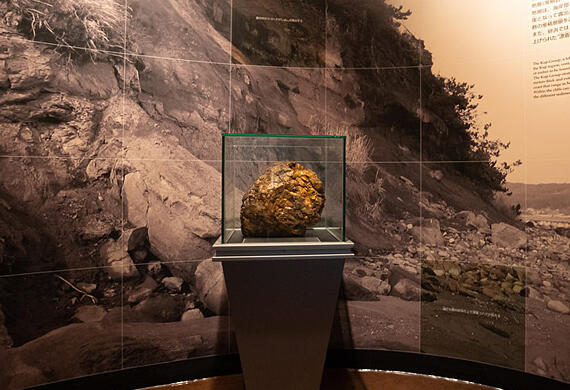
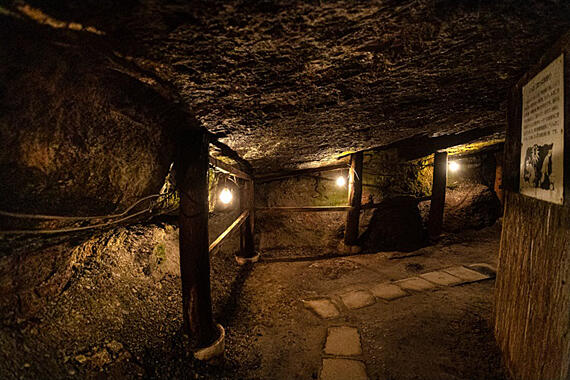
Kuji Amber (Kuji City) was established in 1981 to safeguard the history and culture of amber use and to spread its charm to the whole country. This company is involved in the whole spectrum of amber-related activities, from mining to sales. President Hisao Nitta says, "It is extremely rare to mine gemstones for commercial purposes, even today, and we are probably the only company doing so in Japan."
At the Kuji Amber Museum, which is run by the company and headed by Nitta, visitors can learn about the characteristics of amber and the history of its use, as well as enjoy a variety of hands-on activities. During the mining experience that runs from mid-April to November, large amber pieces, weighing more than 4 kilograms, and fossils of Cretaceous animals, such as dinosaurs, have been discovered.
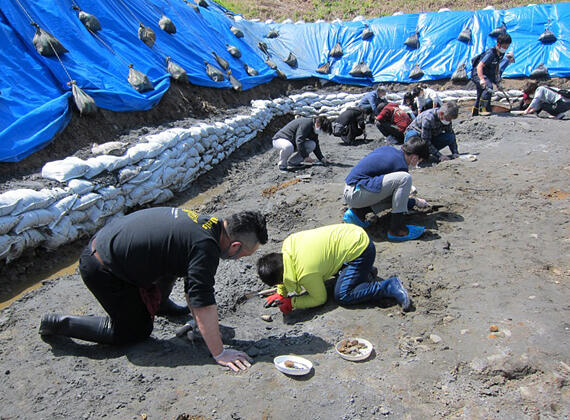
(provided by Kuji Amber)
Collaborative research based on 'chemical biology'
Nitta and others involved in amber mining have had a long-standing problem. Even though amber was mined, approximately only 35% of the mined amber was used in accessories and ornaments, while the remaining (approximately 65%) was unusable. Nitta, who felt that this was 'a waste', consulted with Kimura, who was an assistant professor at the Faculty of Agriculture at Iwate University at the time.
After nearly 18 years of research on biologically active substances at a private company, Kimura became a faculty member at Iwate University. He is conducting research to discover new substances by analyzing chemical structures and biological activities of natural resources through 'chemical biology,' which explores life phenomena using chemistry. "Iwate is a very large prefecture with diverse resources, such as plants, seaweed, and wild vegetables. Our research is unique in the world, and explores the potential of these resources", explains Kimura.
In fact, amber has long been used not only for ornamentation, but also for fragrances, paints, and medicines, and it was also burned to repel insects from livestock. In addition, the succinic acid contained in amber is approved for use in some pharmaceuticals, cosmetics, food additives, and supplements. Chemical analysis of amber is likely to open other possibilities and uses.
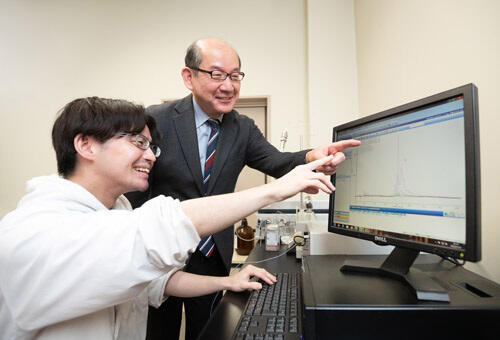
Kimura, who was consulted, said, "Various biologically active substances have been discovered in modern plants to date, which has contributed to the progress of medicine. From this, I thought that amber, fossilized resin of ancient plants, might contain useful substances other than succinic acid. I really wanted to investigate its structure and activity," This collaborative research started in 2006.
Furthermore, Nitta also collaborated with another researcher at Iwate University, and developed a new technology called 'Refined Amber', in which small pieces of amber, which had had no use up to that point, were ground into powder, refined, and molded. Currently, the molded products are used for accessories, writing instruments, and the like. This technology can also be said to be created by the spirit of 'Mottainai (too good to waste).'
Anti-allergic action of new substances confirmed in animals
Kimura and his colleagues obtained amber powder and extracted it using methanol. They then investigated the activity of the extract by using yeast that were genetically modified to be in a disease state. If the yeast grew and recovered to a healthy state, the extract is likely to be effective in preventing and treating human diseases.
During this research, it became clear that Kuji amber contained many substances with previously unknown structures. Kimura said, "Most of the biologically active substances in amber from the Baltic Sea area and Dominican Republic are substances that can also be isolated from modern plants, while about 80% of the substances obtained from Kuji amber are novel."
It was found that these substances revived the diseased yeast. Thus, they were thought to have potential effects on a variety of human disease conditions, such as hypertension, cancer, immunosuppression, allergy, type 2 diabetes, and Alzheimer's disease. They narrowed down the target from among these substances. Kimura added, "I have heard that no one involved in amber processing at Kuji Amber has had hay fever. Although there was no scientific basis for this, we speculated that amber powder might have an anti-allergic effect, so we examined this possibility first."
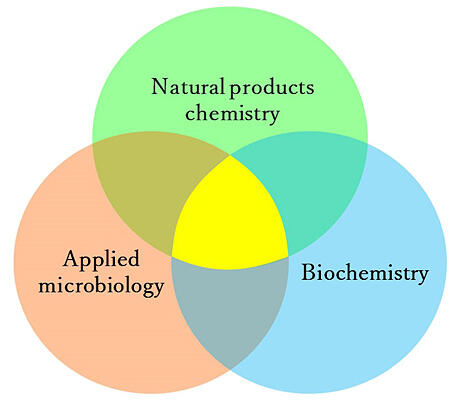
(prepared by the editorial department based on materials provided by Kimura and translated by Science Japan)
This hit the mark. Kimura and his colleagues investigated the effect of itching in mice and nasal congestion in guinea pigs compared to existing clinical nasal drops and confirmed that the effect on itching was about the same, while the effect on nasal congestion was about five times greater. "We will explore its potential as a daily application for allergy sufferers and as a pharmaceutical product for human use," commented Kimura.
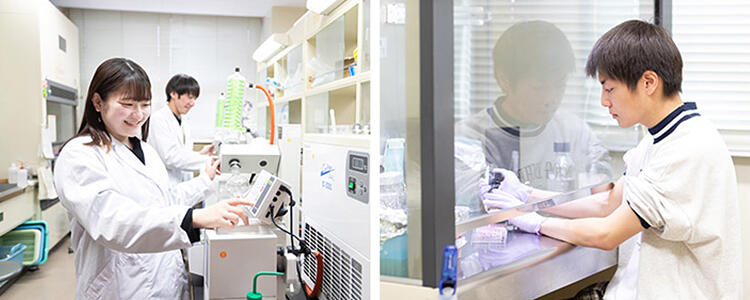
Named 'Kujigamberol,' to bring support to disaster-stricken areas
In this way, research was steadily progressing, but on March 11, 2011, the Great East Japan Earthquake struck. Although the Kuji Amber Museum, located inland, was safe, the coastal areas were severely damaged by the tsunami.
Therefore, Kimura thought, "I want to put my research on functional substances into practical use as soon as possible and revitalize these areas." In the following year, he published a paper on a new substance with anti-allergic activity and named it Kujigamberol. Kuji refers to Kuji city, amber refers to amber, and ol is a suffix indicating a hydroxyl group. However, he added "g" between Kuji and amber to make it read "Kuji Ganbarou" (which means, hang in there Kuji, in Japanese). Kimura says, "One of the joys of discovering new substances is being able to name them yourself."
In addition, in collaboration with Misho (Adachi City, Tokyo), a cosmetic planning and development company, they have developed products, and discovered biological activity relevant to cosmetics, achieving the commercialization of cosmetics containing extracts of Kuji amber in 2015.

(provided by Kimura)
and cosmetics containing Kuji amber extracts
(provided by Kuji Amber)
Anyone can become a great discoverer
Kimura expends a lot of effort into sharing information and raising awareness about his research. He is particularly active in presenting lectures at high schools, for which he receives many invitations. He has given nearly 50 lectures in total, and some students have enrolled at the Faculty of Agriculture at Iwate University after listening to them.
Nitta feels the same way about the importance of communicating with the younger generation. "Once, a high school student who had come to experience mining found a fossilized tyrannosaurus tooth. Most of these amazing discoveries are made by small children, junior high school students, and high school students."
The resources lying beneath the ground have great potential. Researchers are not the only ones unearthing this potential. Anyone with curiosity and an enquiring mind can become a great discoverer. A prime example is Distinguished Emeritus Professor Satoshi Ōmura of Kitasato University, who developed a revolutionary anti-parasitic drug based on a new species of actinomycetes discovered in the soil.
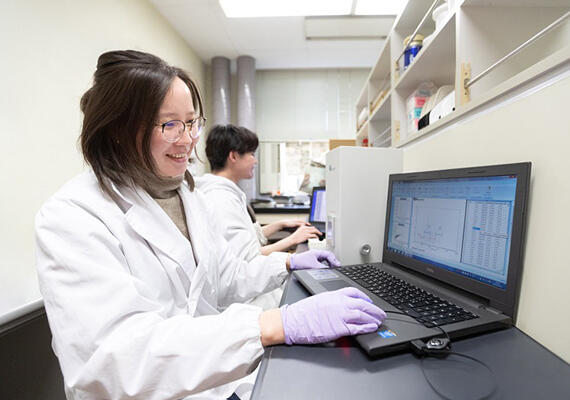

Profile
KIMURA Ken-ichi
Professor of the Department of Biological Chemistry, Faculty of Agriculture, Iwate University. Also serves as the Dean of the United Graduate School of Agricultural Science at the same university.
Completed a master's degree in Agricultural Chemistry at the Graduate School of Agricultural Science, Tohoku University. After working for a private company, he served as Assistant Professor and Associate Professor in the Department of Biological Chemistry and Food Science, Faculty of Agriculture, Iwate University before assuming his current position in 2010. He has also served as the Dean of the United Graduate School of Agricultural Science, Iwate University since 2022.
Original article was provided by the Science Portal and has been translated by Science Japan.




